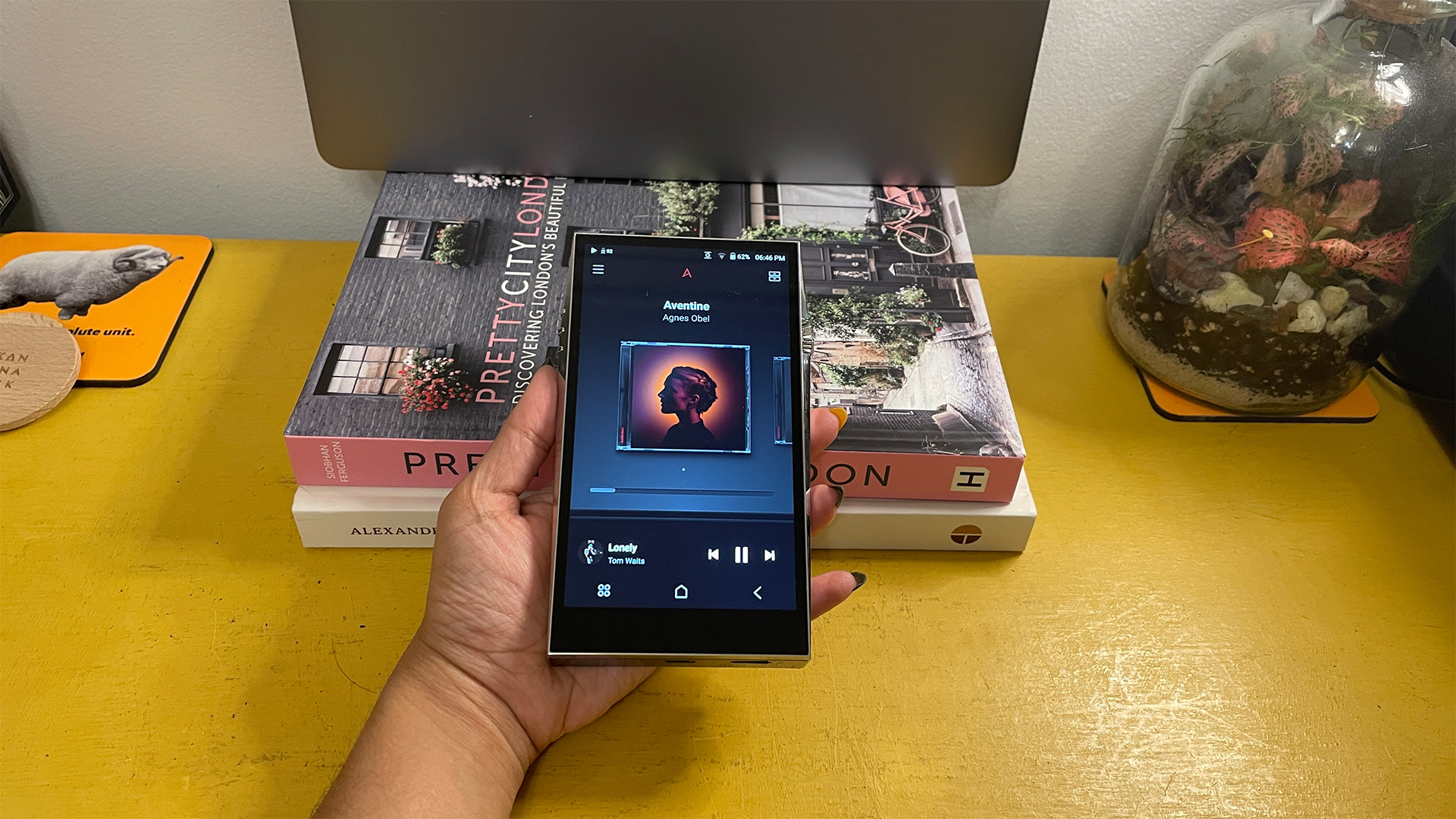What Hi-Fi? Verdict
Those after the last word in high-end portable audio should start here
Pros
- +
An impressively detailed and authoritative presentation
- +
Well-equipped
- +
Terrific build
Cons
- -
Heavy for a portable
- -
Operation can feel a little clunky on occasion
Why you can trust What Hi-Fi?
Astell & Kern was founded in 2013 and didn’t take long to become our go-to brand for portable music players. The pile of What Hi-Fi? Awards it has won over that time is enough to prove the company’s ability. Surprisingly, A&K has never gone for the budget market, preferring to stick to the ‘reassuringly expensive’ path that has served it well. Even its current entry-level offering, the excellent A&norma SR35, which retails for £799 / $799 / AU$1299, falls into the premium category by most judgements.
Good as this and the company’s step-up players have been, we’ve always wondered what would happen if its engineers were tasked with producing a true cost-no-object offering. The arrival of the Astell & Kern A&ultima SP3000 answers that question.
Build & Design
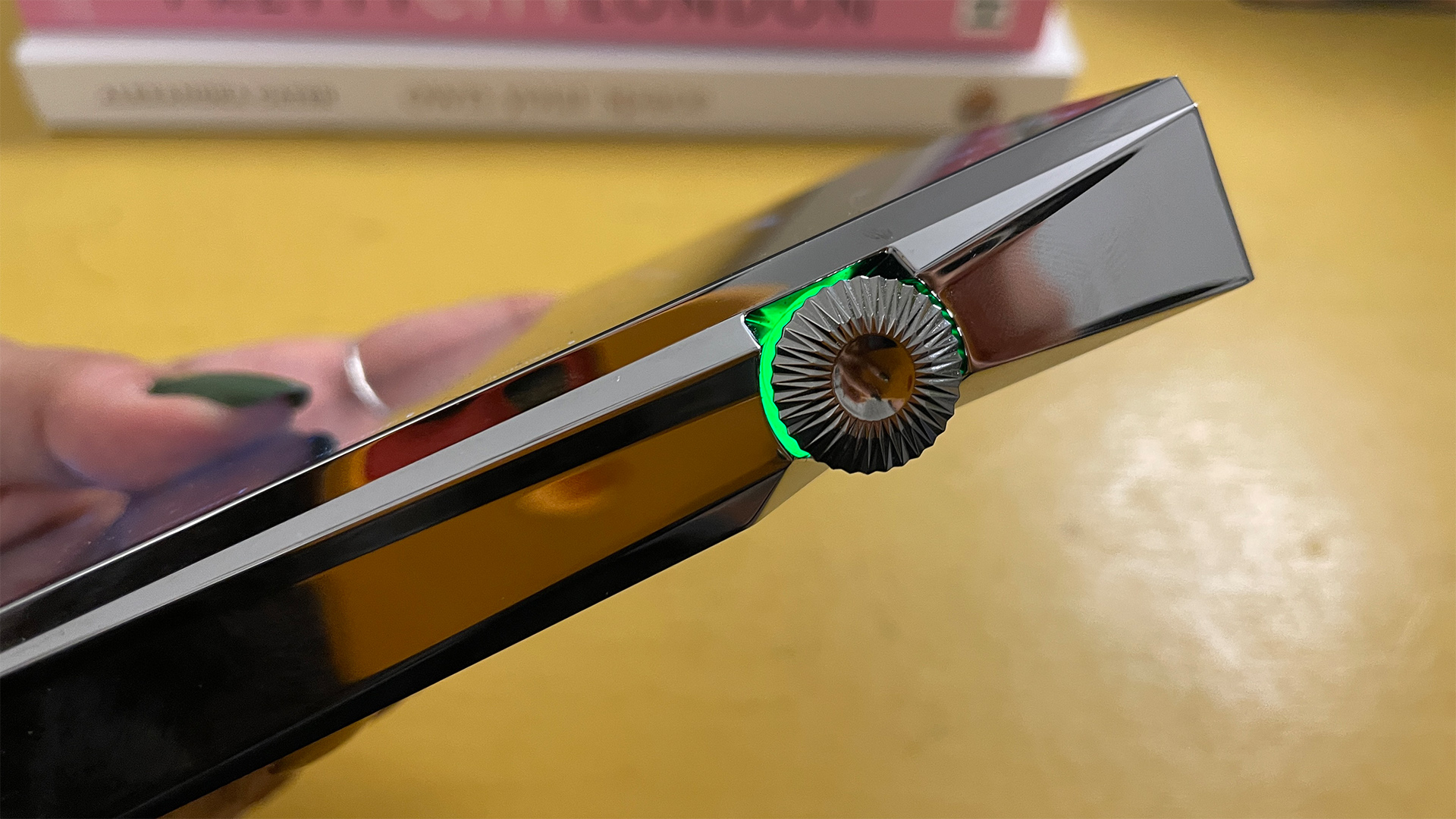
This player may be around the size of a large box of matches but it weighs in at just short of half a kilogram. While the SP3000 is certainly small enough to fit into a clothes pocket, it won’t feel comfortable there. The sharp-edged angular casework won’t help that cause either. It is made of highly polished 904L stainless steel, which is known for being durable and resistant to corrosion, so much so that the likes of Rolex use it for its watches. There are two finish options: black and silver. We suspect both will prove to be fingerprint magnets of the highest order. The supplied ALRAN leather case helps of course, and will protect the unit from scratches, if not careless drops.
The SP3000’s main control interface is the touchscreen, of course. This is a relatively crisp 5.46-inch LCD display with a resolution of 1080 x 1920. The touchscreen is responsive, though anyone used to the slickness of modern phones will find this player a little clunky to navigate on occasion.
The physical control count is minimal with three buttons on the side handling standard play/pause/skip and scan functions, leaving the crown-like volume dial to double as an on/off switch. There are three outputs on the top of the player: a 3.5mm that also serves as an optical output, a 4.4mm balanced and a 2.5mm balanced. It is clear that A&K is trying to cover all bases here. The unit is charged via a USB-C socket on the base, which also acts as the input when you want to download files into the player.
Features
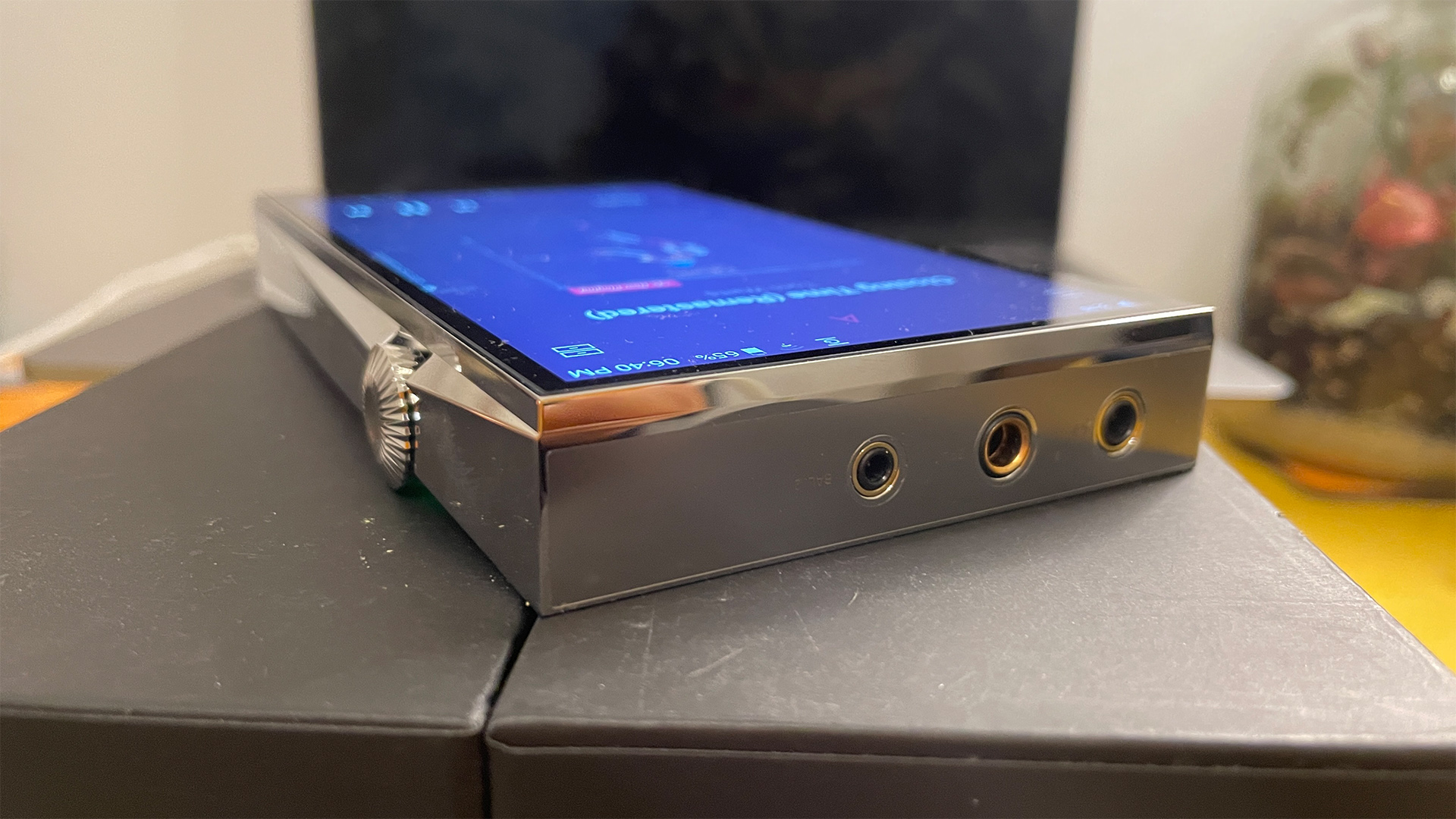
There is no issue with file compatibility. The SP3000 can handle high-resolution files up to 32-bit/768kHz PCM files and DSD512. It will play all the standard file types as well as MQA. This is all thanks to the use of a quartet of Asahi Kasei’s new flagship DAC chip, the AK4499EX. This player is Roon Ready, too.
Elsewhere, the engineers have worked hard to reduce the SP3000’s internal noise levels and even gone as far as to have separate analogue circuits for the balanced and unbalanced outputs, all with the aim of optimising performance.
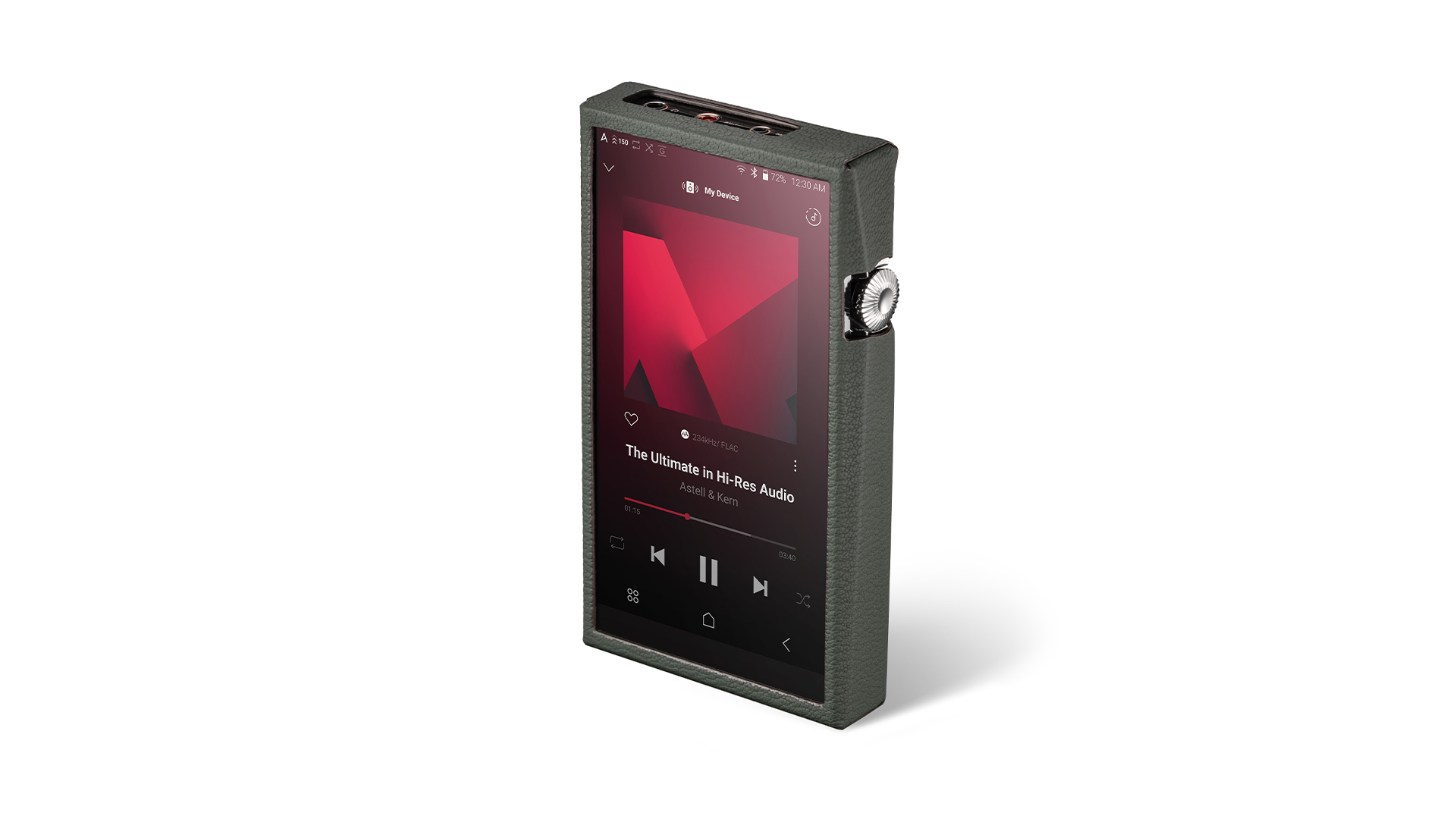
Max file support 32-bit/768kHz, DSD512, MQA
Storage 256GB (expandable by 1TB via microSD)
MicroSD slot? Yes
Battery life 10 hours
Headphone outputs 3.5mm, balanced 2.5mm, Pentaconn 4.4mm
Dimensions (hwd) 139 x 82 x 18mm
Weight 493g
Bluetooth is on the menu, so you can use wireless headphones with this player, and given the no-compromise nature of this design it comes as no surprise to find aptX HD and LDAC codecs on the spec list. The SP3000 can also stream files across your home network and has 256GB of storage built in. Those dealing in high-resolution files may find this somewhat limiting, particularly if you have a large collection, so will be happy to find a microSD card slot which can add a maximum of 1TB of memory.
The A&K’s battery is rated at a fairly hefty 5050mAh. This is claimed to give around 10 hours of playing time with a CD-spec file, a moderate volume level and the display turned off. Under normal circumstances expect around a third less than that. Recharge time is around 3.5 hours.
Loading files onto the SP3000 proves a breeze, being a simple drag-and-drop process from our MacBook Pro. Our files are a mix of high-res and CD-spec, allowing us to test how the A&K player responds to the different bit rates. There proves no issue as the player moves seamlessly from a DSD file of Stevie Wonder’s Innervisions to a 24-bit/192kHz file of Mahler’s Symphony No.4 with CD-spec albums from Kiasmos (Kiasmos) and Leonard Cohen (I’m Your Man) in between.
We try a number of headphones with the SP3000 ranging from the closed-back Sony MDR-Z1R to open-back designs such as Focal’s Utopia (2022) and Yamaha’s YH5000SE. Given the price of the player, these are the kinds of premium headphones any potential purchaser should consider.
Sound
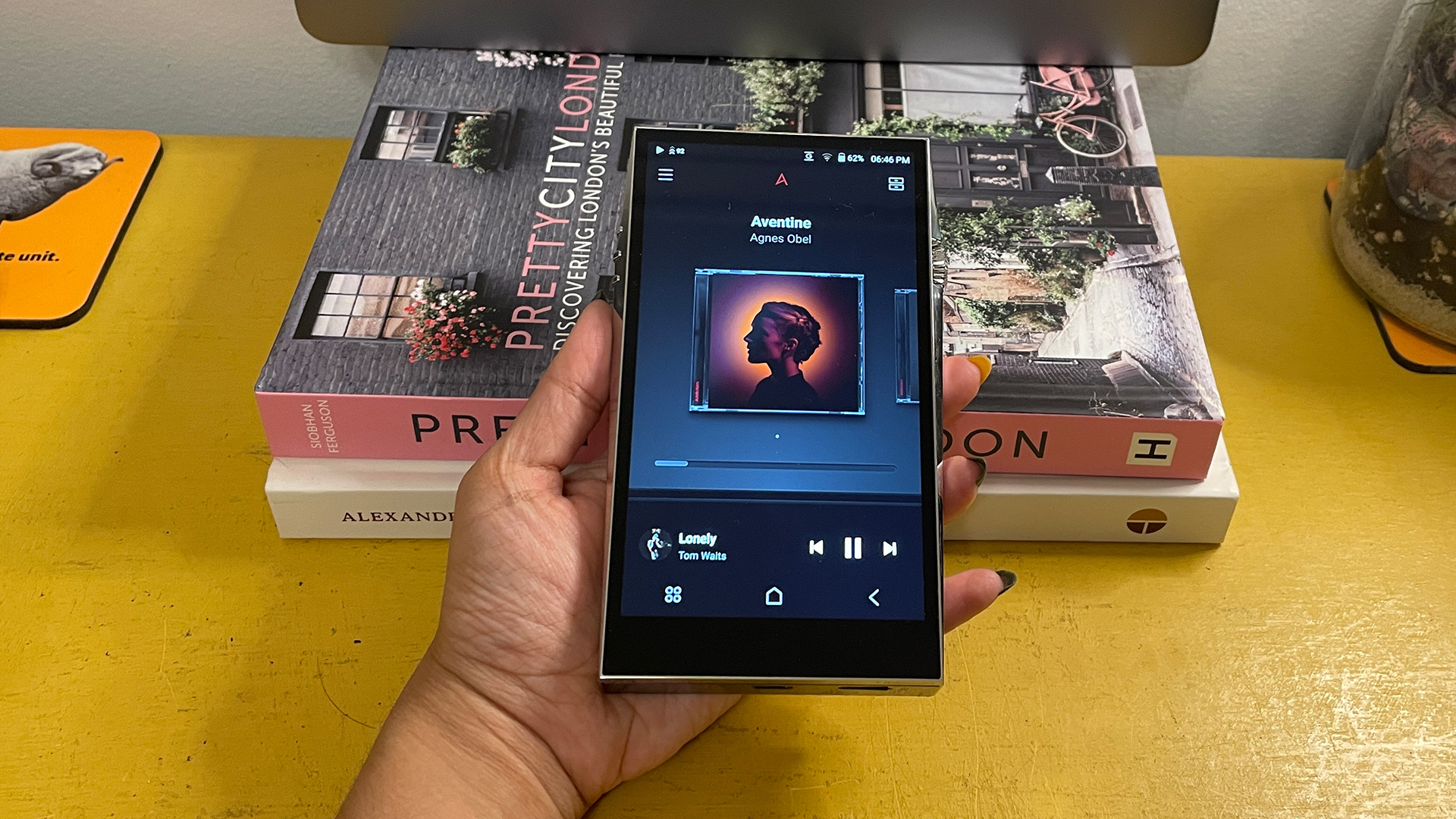
There are certain traits that come through regardless of the music played. The SP3000 is a wonderfully detailed and insightful performer. It has the ability to shine a light on the subtlest of detail without losing track of the whole. The organisation of information is excellent, with the player sounding as cohesive and balanced as they come. While the leading edges of notes are as crisp as you like, there is an appealing fullness to the sound that stops the A&K from sounding cluttered or hard-edged. Tonally things are nicely judged and it is a pleasant surprise to find out just how authoritative and muscular the SP3000 sounds. Bass notes have palpable weight and plenty of power yet manage to blend seamlessly with the rest of the frequency range without dominating. That’s a neat trick few manage.
The SP3000 is great at delivering the scale and drama of the orchestra in the Mahler Symphony. Dynamic sweeps are rendered with conviction and force. Low-level instrumental strands are tracked with ease and no matter how dense the music gets, this A&K always sounds composed and in control.
The story is similarly positive when we stream from our Naim NAS over our dedicated network. The SP3000 is happy to deliver A Grand Don’t Come For Free from the Streets with the recording’s rough and ready charm intact. It reveals the limitations of the recording quality and production but still captures the drive, excitement and on some tracks, the heartache, in the music. Equally, we’re transported back into time when we listen to Coltrane’s 1960 release, Giant Steps, the SP3000 rendering the dynamic and rhythmic shifts of the music brilliantly.
Wondering just how much difference the balanced headphone output makes, we plug our reference Sony MDR-Z1R into both (not at the same time, of course) and form a clear preference for the balanced option. It sounds more precise and assured, delivering notably more power and grip at low frequencies. If your headphones offer the option of going balanced this is the route we would recommend. That said, we plug both the Yamaha YH5000SE and the Focal Utopia into the 3.5mm unbalanced output and the results are still excellent.
The story is similarly positive when we connect through Bluetooth using the Mark Levinson No.5909 wireless headphones. The connection is swift and stable. While the sound isn’t as good as the high-end wired headphones in absolute terms, by Bluetooth standards it is terrific, and a clear level better than the sound we get using our iPhone 12 Pro Max for the same job. However, we will also say that if your main way of listening to the SP3000 is by Bluetooth headphones then you will never hear how good it actually is.
The A&K’s obvious rival is the similarly-priced Sony NW-WM1ZM2. Both are beautifully made though we feel the Sony edges it in terms of precision of build and quality feel. The Sony is also a little ahead in outright analysis though the SP3000 counters when it comes to dynamic contrasts, bass muscularity and rhythmic drive. Overall, the A&K is the more musical performer with a richer tonal palette, and so that’s where our money would go.
Verdict
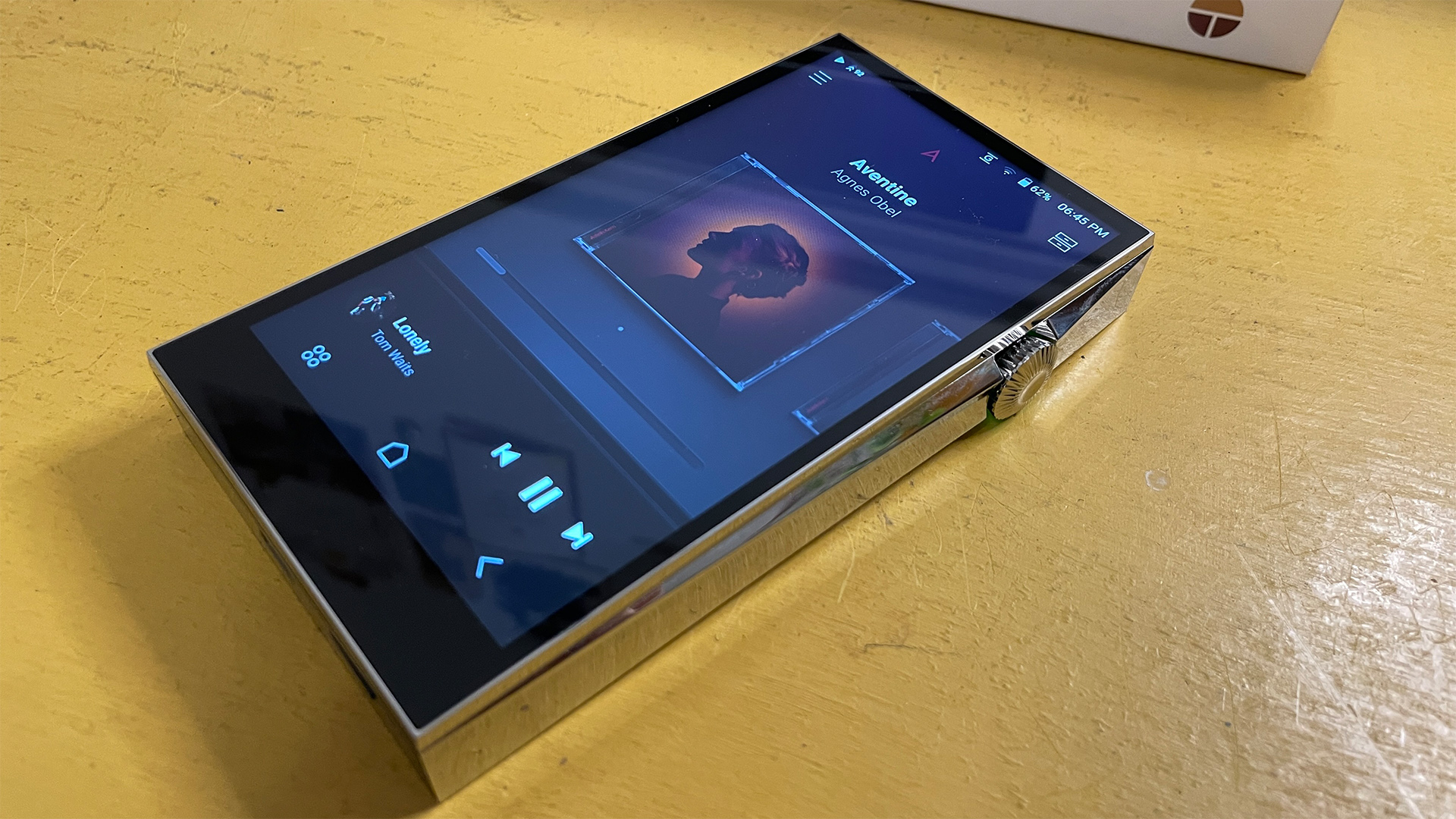
Some people will never get past the SP3000’s price and we can understand that. This is a huge amount to spend on something that will be thrown in a bag and used out and about. But put that value judgement to one side and it is easy to admire Astell & Kern’s achievement here. The SP3000 sounds superb and is packed with useful features. It is good enough to be used as the main source in a premium home system, which makes that price just a bit more palatable. To sum up, the SP3000 is the best portable music player we’ve heard and the best of anything rarely comes cheaply.
SCORES
- Sound 5
- Build 5
- Features 5
MORE:
High-resolution audio: everything you need to know
Also consider the Sony NW-WM1ZM2
These are the best portable music players you can buy
What Hi-Fi?, founded in 1976, is the world's leading independent guide to buying and owning hi-fi and home entertainment products. Our comprehensive tests help you buy the very best for your money, with our advice sections giving you step-by-step information on how to get even more from your music and movies. Everything is tested by our dedicated team of in-house reviewers in our custom-built test rooms in London, Reading and Bath. Our coveted five-star rating and Awards are recognised all over the world as the ultimate seal of approval, so you can buy with absolute confidence.
-
Symples £200 short of £4000Reply
Would any of us really consider such an item?
I did once consider buying the A&K SR25 reduced to £500 but in the end. Even I baulked at the idea of spending so mush.
I have a Samsung s22 Ultra with a Cyrus external DAC, Sony WH-X 900N headphones and could not imagine that much of an improvement.
I'd have to buy new headphones as well!
Somebody must buy them as surely they would produce them.
Is it a status symbol.... like Rolex watches etc?
